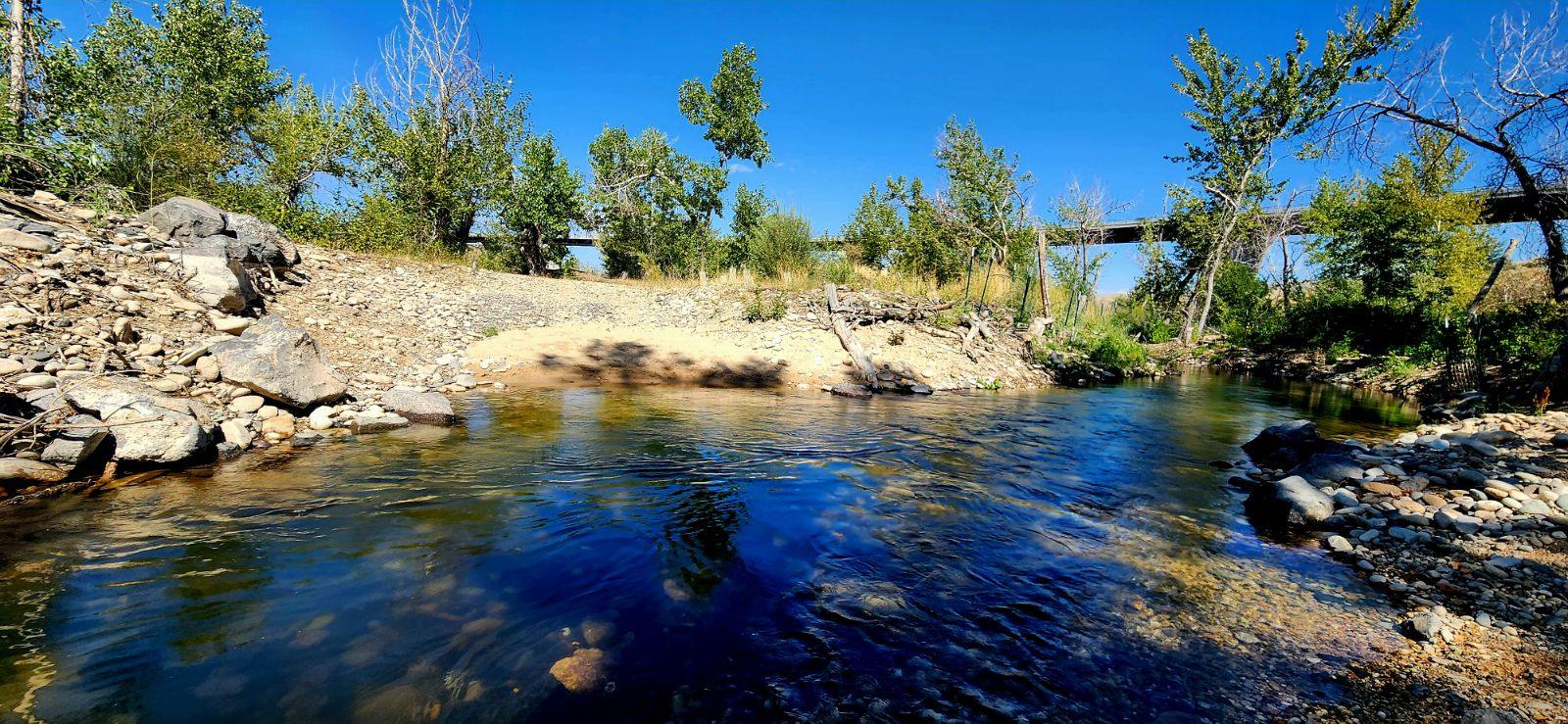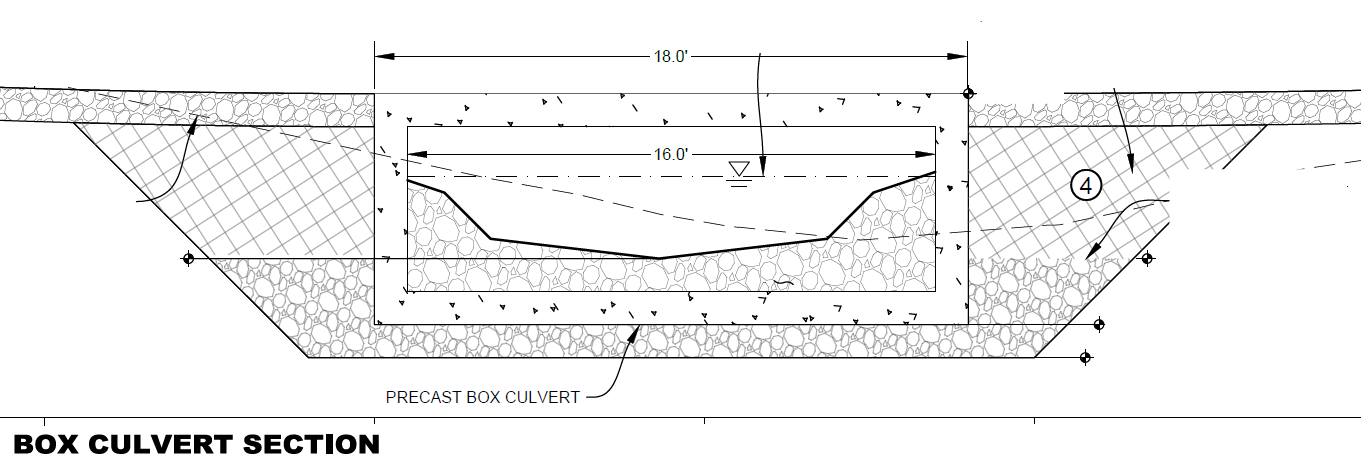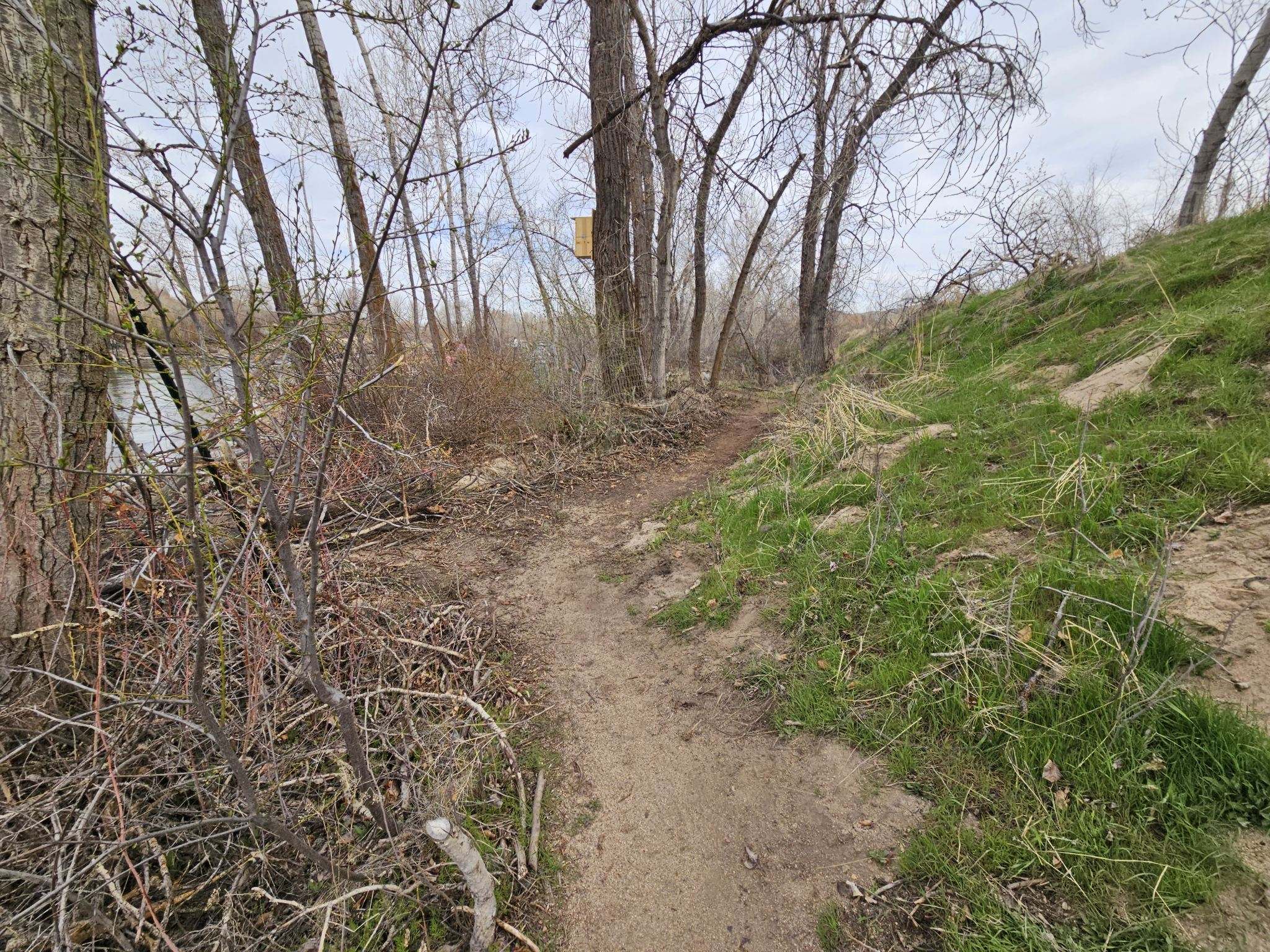By Greg Kaltenecker, Diane and Winston Moore Family Endowed Executive Director
After two years of diligent work planning, designing, and permitting, we have almost all the needed authorizations in place to finally construct two crossings at the Diane Moore Nature Center. Edit: as of May 2024 all permits are in place for Winter 2024 construction!
These structures will restore public access across the newly-completed side channel!

Following construction of the side channel we have experienced two very high-water years which essentially cut off public access to the main Nature Center property during the spring and summer months.
Planned are two “low-water” crossings, or better described as box culverts. These structures will allow for pedestrian access to the site, connecting the main trail system at the property’s upper and lower ends. Termed “low-water” crossings because at the highest flows, they will be underwater.

Their design has been carefully engineered to not cause the Boise River to rise at high flows, an important permit condition when adding structures in the floodplain.
During the past two years we have seen a myriad of new “social trails” being formed along the side channel’s banks, and trampling and soil compaction from these trails has limited important vegetation growth. Rock and log dams have also been constructed by users in an attempt to access the main river channel, impeding flows and fish passage.

It is our hope that the new crossings will curtail these activities, allow for full recovery of the riparian vegetation along the banks, and focus human use of the property to one main trail system. The crossings will allow our public outreach activities to finally get back to “normal”, and will also allow us to move forward with completing the Nature Center’s interpretive trail system and other amenities.
Look for construction crews in December 2024 to begin work on the crossings!
Parking and access should be limited by construction for only 4-5 weeks, but the result will be lifetimes of enjoyment of the Diane Moore Nature Center. Want to support this new feature? We still need your help as we fundraise to complete the Diane Moore Nature Center! Contact IBO’s Director Greg Kaltenecker (gregorykaltenecker@boisestate.edu) if you’re interested in donating to this project.
This article is part of our 2023 end of the year newsletter! View the full newsletter here, or click “older posts” to read the next article.
Make sure you don’t miss out on IBO news! Sign up to get our email updates.